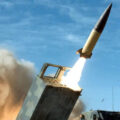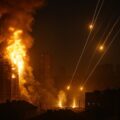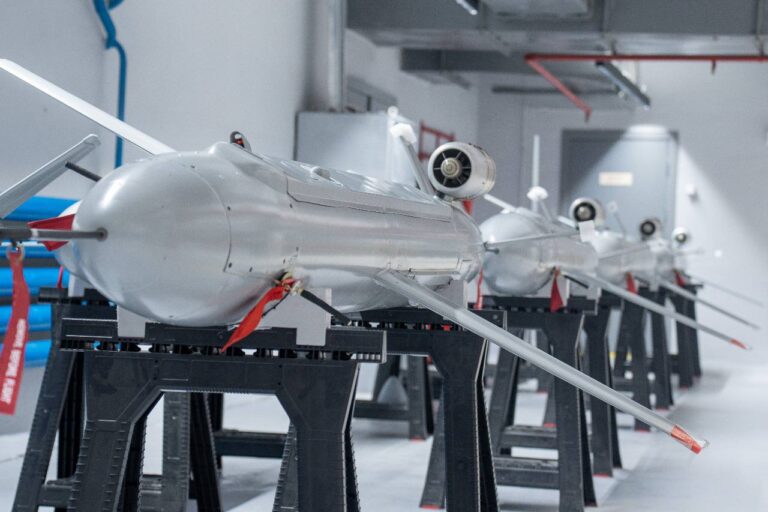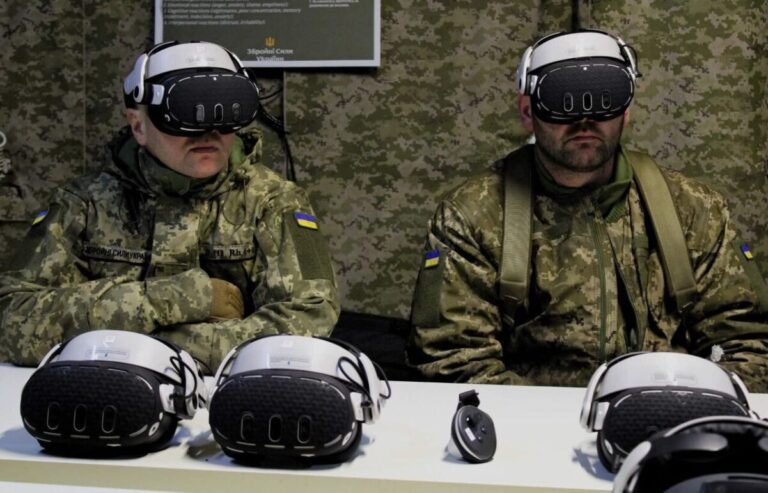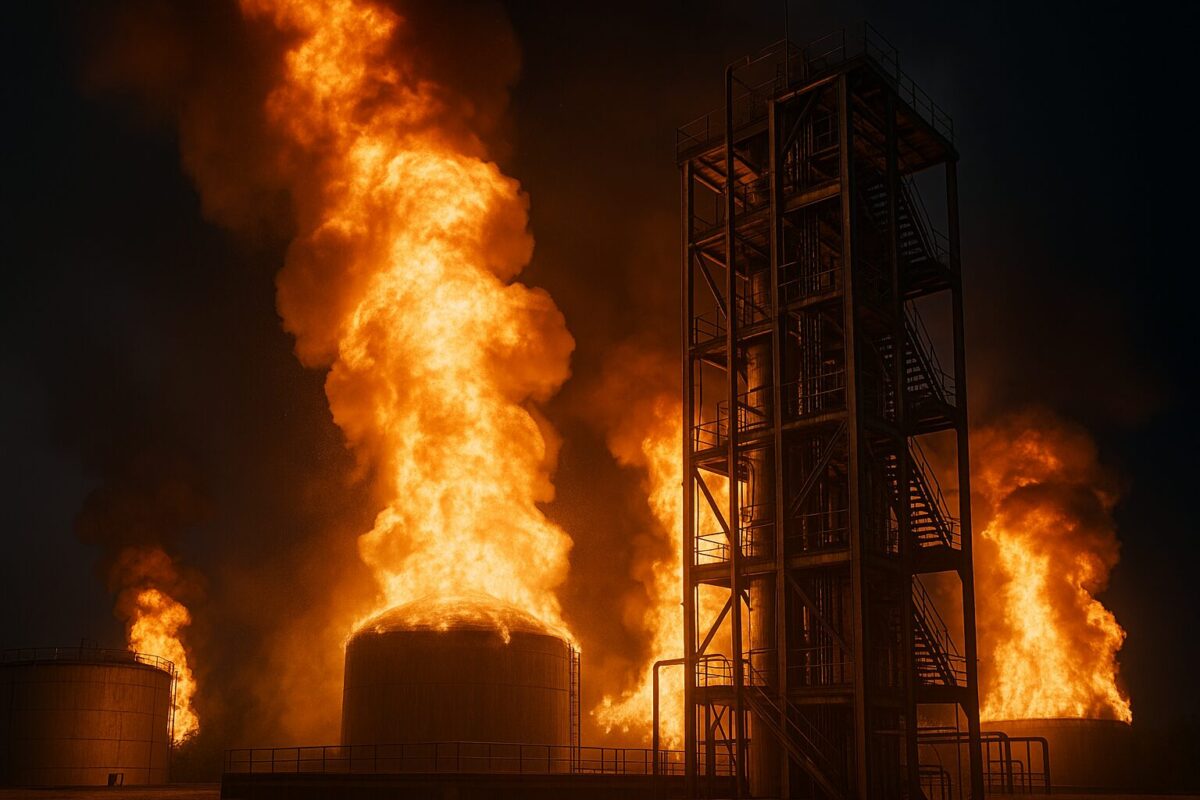
Kharkiv under Fire, Moscow in Flames: What the June 7 Attacks Really Mean
On the night of June 7, Kharkiv came under one of the most intense attacks since the beginning of 2024. Russian forces launched a massive barrage of drones and missiles against the city. At the same time, deep inside Russian territory — in the Nizhny Novgorod and Moscow regions — massive fires broke out at oil depots and storage facilities. These events sparked a familiar debate in Ukraine: should we be striking inside Russia? Could this provoke even harsher retaliation?
Let’s break down what actually happened — and why it no longer makes sense to talk about “mirror responses.”
Kharkiv: A Target Without Reason
That night, Russian forces hit Kharkiv with over 200 drones and missiles. According to the city authorities and Ukraine’s Air Force Command, it was one of the most devastating assaults on the city throughout the war.
What was hit:
- Residential buildings in Saltivka, Pavlove Pole, and North Saltivka;
- Kindergartens, a school, and sports grounds;
- Undisclosed critical infrastructure sites;
- Private homes in both central and suburban areas;
- A major transport hub, where vehicles and trolleybuses were burned.
At least 4 people were killed, including a woman and a child. More than 40 were injured, many in critical condition. Rescuers worked through the rubble for more than 24 hours.
This wasn’t retaliation. It was the third large-scale attack on the city within a week — unprovoked, unannounced, and unrelated to military targets. It was pure terror. Psychological warfare. A chilling reminder that Russia continues to target civilians by design.
Russia: The Deep Rear Is No Longer Untouchable
While Kharkiv was burning, an oil refinery in Kstovo (Nizhny Novgorod region) was engulfed in flames. This is one of the key facilities in central Russia. Officially, fuel tanks caught fire. Unofficially, but credibly — according to multiple Telegram sources and a Reuters report — a Ukrainian drone was involved.
The explosion hit a 200 m³ mazut tank. The fire spread over more than 1,000 m² and took over 6 hours to extinguish. At least two workers were injured.
This is not the border zone — it’s 800 kilometers inside Russia. On the same day, a warehouse of fuels and lubricants caught fire in the Moscow region. Eyewitnesses reported a series of explosions. The Russian Emergency Service (MChS) claimed “technical malfunction,” but local residents heard the sound of a drone just before impact — a pattern already seen in earlier strikes.
Revelant
This Is Not “Escalation,” This Is the Next Phase of War
Every time Ukraine strikes inside Russia, we hear the same warning: Don’t do it, it could escalate the war. But the facts suggest otherwise. Cities like Kharkiv, Chernihiv, Kyiv, and Zaporizhzhia are shelled on a regular basis — regardless of what Ukraine does or doesn’t do.
In the early months of the war, Ukraine refrained from any cross-border strikes. And yet, Kharkiv was nearly leveled. The entire North Saltivka district was wiped out.
The truth is: Russia attacks no matter what. But Ukrainian strikes follow a clear logic:
- Military airfields (e.g., Engels, Kursk, Belgorod);
- Oil depots — to halt fuel supplies for Russian equipment;
- Ammunition depots, logistics hubs, command centers.
These are not acts of revenge — they are tactical operations. The goal is to reduce the number of missiles and drones launched at Ukrainian cities. This is about protection, not provocation.
What It Means for Ukraine
Ukraine is gradually degrading Russia’s military infrastructure. But this won’t happen overnight. This isn’t about revenge. It’s about staying one step ahead — because otherwise, the missiles will keep coming.
The true extent of Russian losses is hard to measure — the Kremlin hides the data. But the frequency and geography of the attacks show one thing clearly: the Russian rear is no longer safe. Not just the border, but Moscow, Nizhny Novgorod, Samara — they are all within reach now.
And this is only the beginning.







